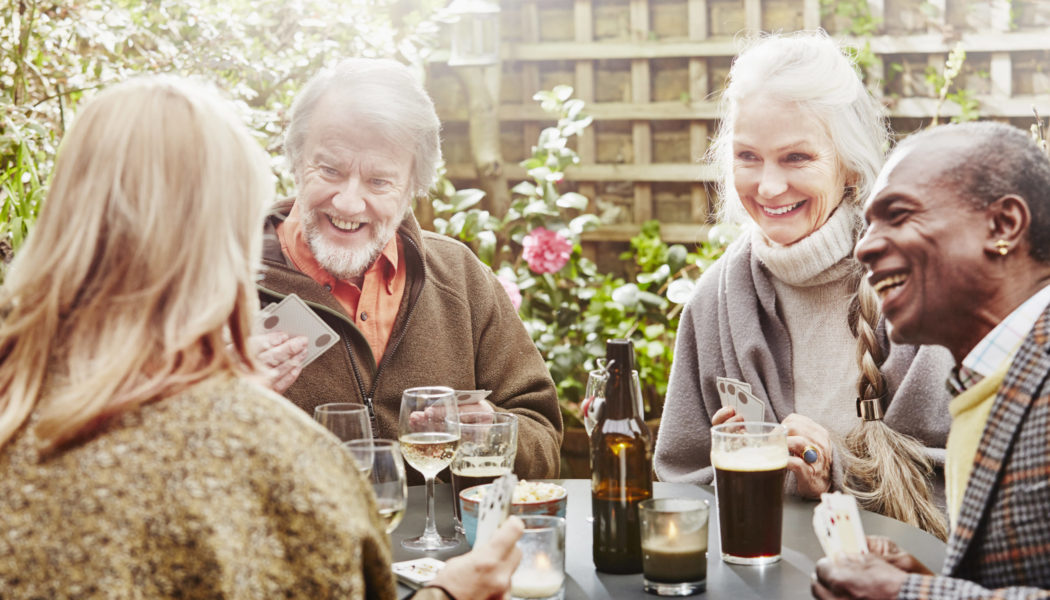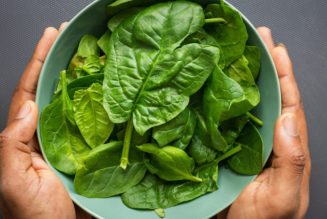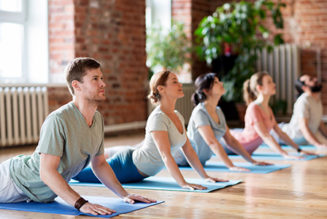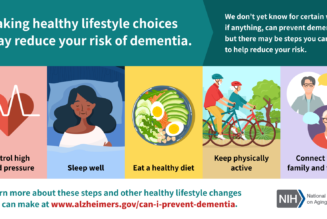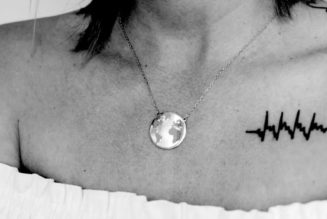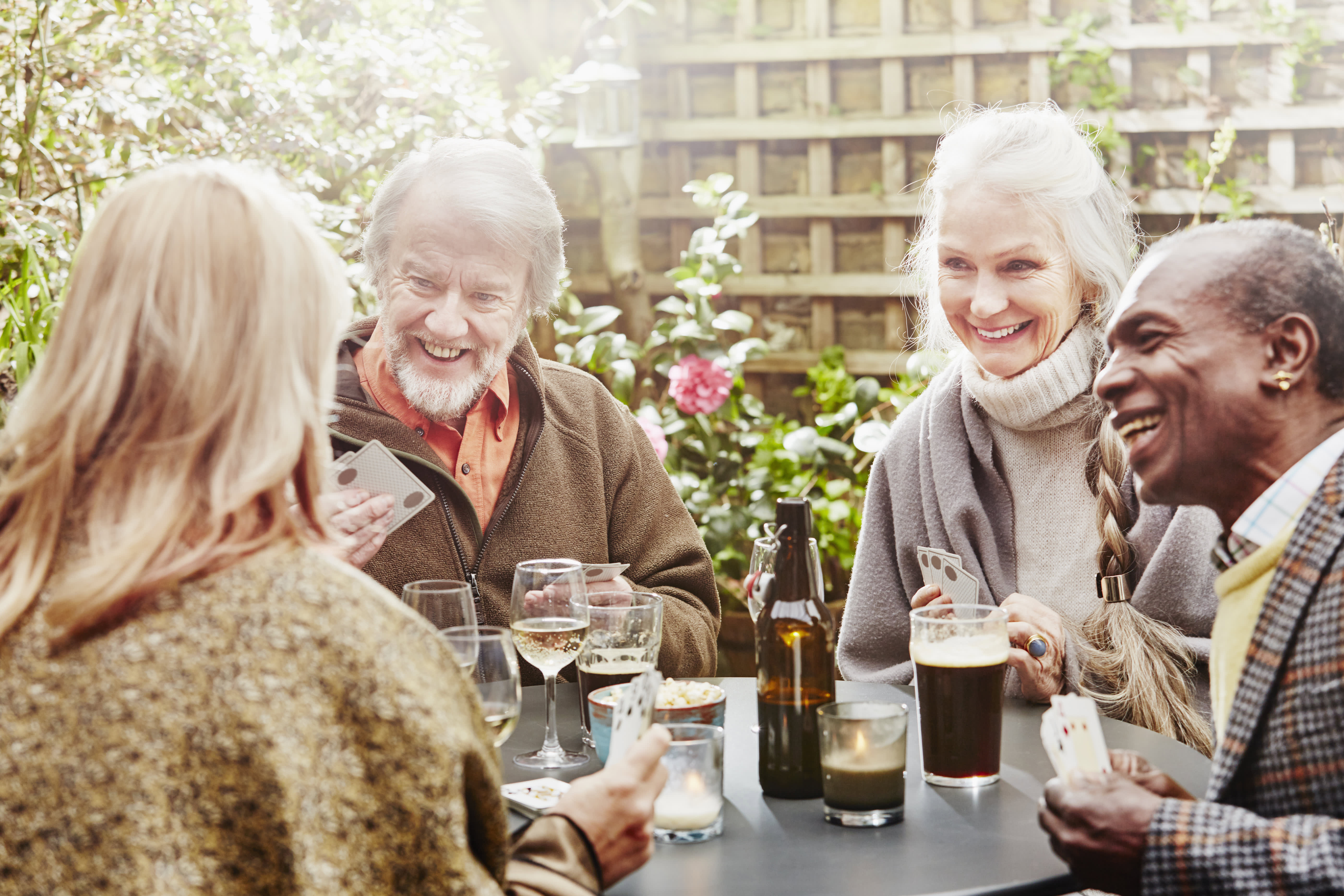
Now more than ever, people are searching for ways to live a longer life, and Dan Buettner, author and expert on the longest-lived communities in the world, has been on the hunt for those answers for more than 15 years.
Buettner’s new documentary on Netflix, “Live to 100: Secrets of the Blue Zones,” has grasped the attention of longevity-seekers. Throughout the limited series, Buettner travels to the five “Blue Zones,” areas with the highest rates of living to 100 — or becoming centenarians — and the highest middle-age life expectancies in the world.
The five Blue Zones are:
- Okinawa, Japan
- Sardinia, Italy
- Loma Linda, Calif., U.S.
- Ikaria, Greece
- Nicoya, Costa Rica
DON’T MISS: People who live to 100 don’t eat like typical Americans: Here are ‘the 5 pillars of a longevity diet’
After interviewing residents of those areas and observing their practices, Buettner was able to find commonalities across all five Blue Zones, and come up with four things that each community does to contribute to their longevity.
4 things the world’s longest-living people do for good health and happiness
- They move naturally. Most Blue Zones don’t rely on technology for transportation to get things done. They walk from place to place, build things by hand or are into gardening. These examples of low-intensity physical activity prove to be more valuable than exercising for residents of Blue Zones because they remain active for most of their day, Buettner notes in the documentary.
- They have a positive outlook on life. People in Blue Zones often maintain an optimistic perspective on life by practicing a faith, either religious or spiritual. They also pause when necessary and have intentional rest. But perhaps the biggest contributor to their positive outlook is their connections to their purpose. From “ikigai” in Okinawa to “plan de vida” in Nicoya, residents of Blue Zones discover their true calling and use it as fuel to keep going in life.
- They eat wisely. Many Blue Zones follow plant-based diets of mostly vegetables, fruits, nuts and tubers like sweet potatoes. They also typically aim to eat in moderation and aren’t prone to over indulge in eating. Because several Blue Zones prioritize gardening, they often eat fresh foods straight from the source.
- They value connection. Blue Zones value family first, and will often prioritize spending time with their family over working extra hours. Partnership is also significant to them: “People in the Blue Zones make their partners a priority, nurture their relationships and invest in them,” Buettner says in the documentary. And they actively maintain the right social circle. “Having the right friends, that is the biggest secret to help these people in Blue Zones do the right things and avoid the wrong things,” he adds.
“The big epiphany,” Buettner says in the documentary, “is that the same things that help us live a long, healthy life are the things that make life worth living.”
DON’T MISS: Want to be smarter and more successful with your money, work & life? Sign up for our new newsletter!
Want to earn more and land your dream job? Join the free CNBC Make It: Your Money virtual event on Oct. 17 at 1 p.m. ET to learn how to level up your interview and negotiating skills, build your ideal career, boost your income and grow your wealth. Register for free today.
